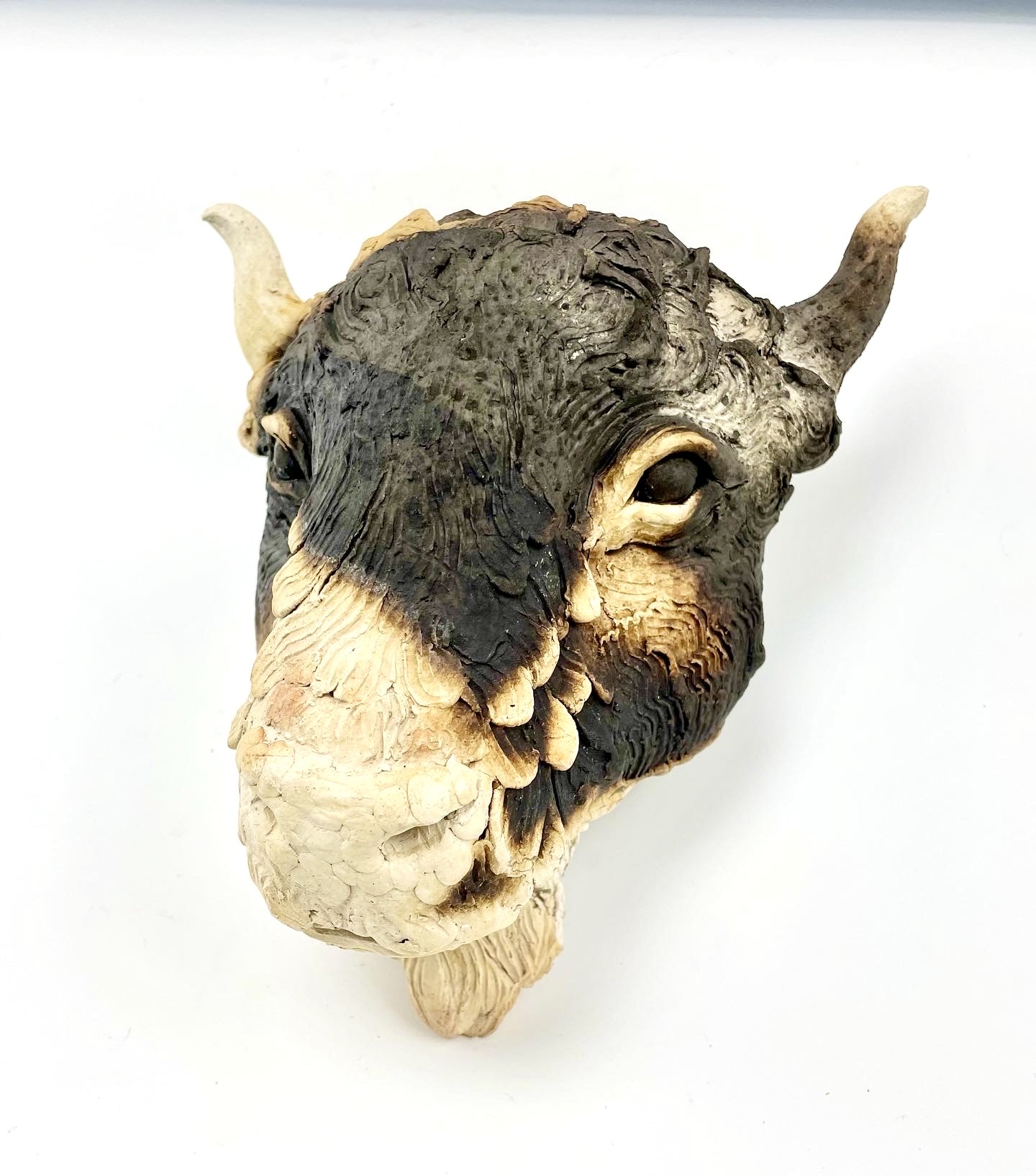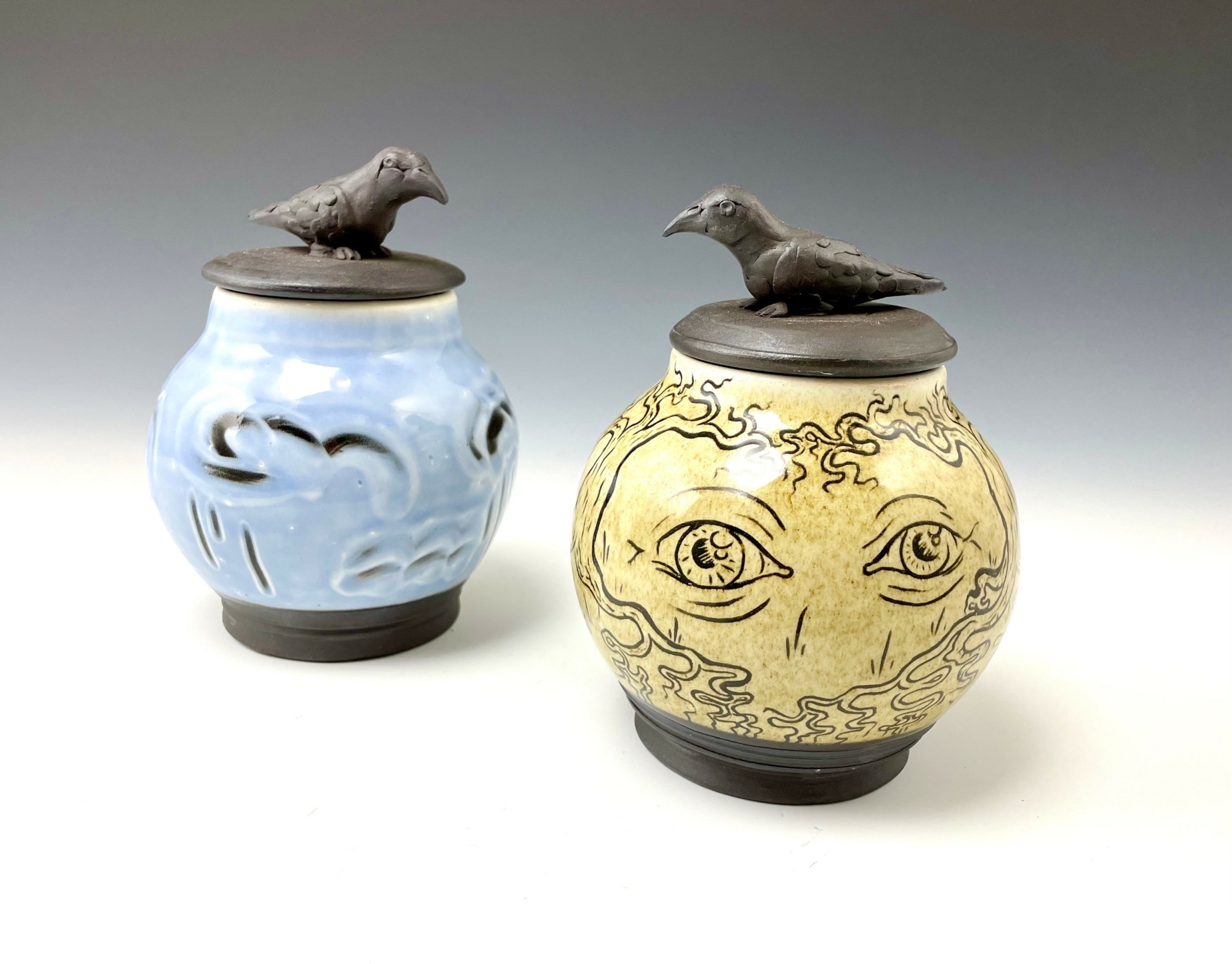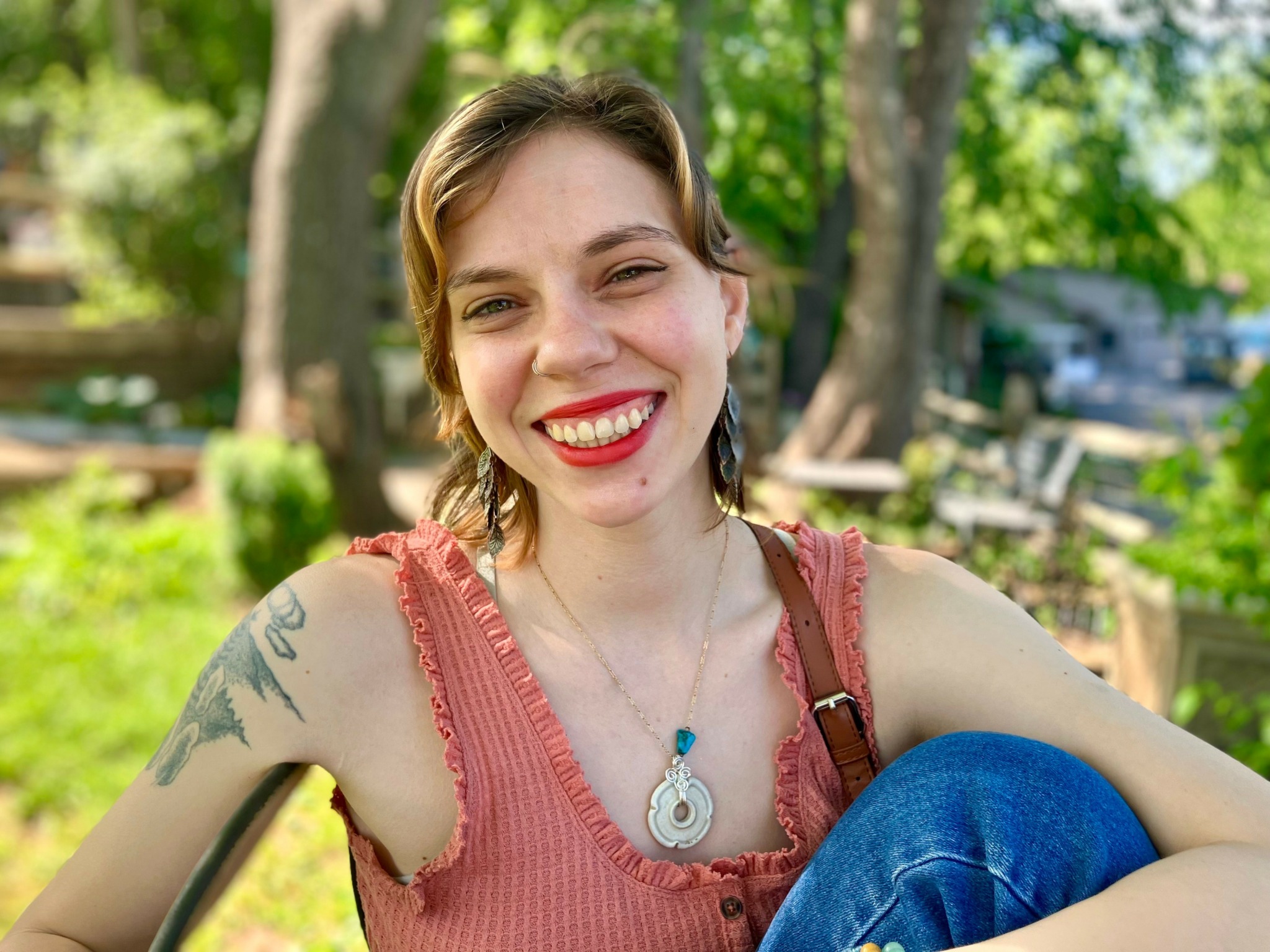Alright – so today we’ve got the honor of introducing you to Jackie Padich. We think you’ll enjoy our conversation, we’ve shared it below.
Jackie, thanks for taking the time to share your stories with us today It’s always helpful to hear about times when someone’s had to take a risk – how did they think through the decision, why did they take the risk, and what ended up happening. We’d love to hear about a risk you’ve taken.
Choosing the path of an artist is an ever reaching into the unknown. To pursue this archetypically challenging life is to blindly trust the next stone will appear in the path as you take each step. There is no straight shot, no roadmap you can truly follow to “succeed” in this field. It is a deep listening to your own will, intuition and the synchronistic way of the universe that guides you. Trying to make a living in this way is akin to the ancient mystic who ventured into the world with no money or shelter in order to instill full trust that the universe will provide their needs as long as their spirit is true. Very few parents would exclaim in joy if their child tells them they want to be an artist, and yet, people continue to make the courageous choice to pursue meaning, expression and passion in life. It is a risk, a rebellious act, in both the monetary sense and in the cultural sense. The culture asks us to eternally give ourselves for profit rather than to what feeds our soul. To be an artist is to choose to live wholeheartedly, to be deeply vulnerable, and to observe and reflect on our internal and external worlds in order to attempt to understand the unknowable. To revel in the poetic paradox of the human condition.
It was extremely difficult for me to make the choice to pursue fine arts as a career. I never thought of myself as the “rebellious” artist throughout my childhood. I loved academic pursuits and thought of myself as responsible and “straight edge” to a certain capacity. It wasn’t until some very difficult things occurred in my adolescence that it became clear to me creating art was a major part of my purpose in this life. It was not a want but a need and through serendipity clay came into my life when I needed it most. I also considered choosing to be an artist to be selfish for a time of my life. I wanted to help people and found that some of the people that helped me the most were my art teachers. I decided to pursue a B.A. in Art Education at SUNY New Paltz only to come to nearly the end of my studies and realize I was unfulfilled with the idea of teaching in a public school. I felt I had barely scratched the surface of my creative capability and depth and I deeply disagree with the current pedagogic model. I thought of my favorite painting, song, cup for my morning coffee… and how barren life would be without artistic expression. Every creation that has ever touched you, taught you, or inspired you, would cease to exist if the maker chose to ignore the call. I came to realize that art making was self focused but not inherently selfish. To ignore the call is to kill of a part of the self and denies the world of your particular contribution to the current cultural gestalt. With this knowing and the support of my professors, I decided to add a B.F.A. in Ceramics and I would not be who I am today without that choice. I’ve gotten to know myself (and therefore others) deeper than I ever would have. I found community through my craft and teaching as well as, adventure, mentorship and a richness of life that is impossible to put into words. I am eternally grateful I took the risk, even though it has been exceptionally difficult I wouldn’t change a thing.
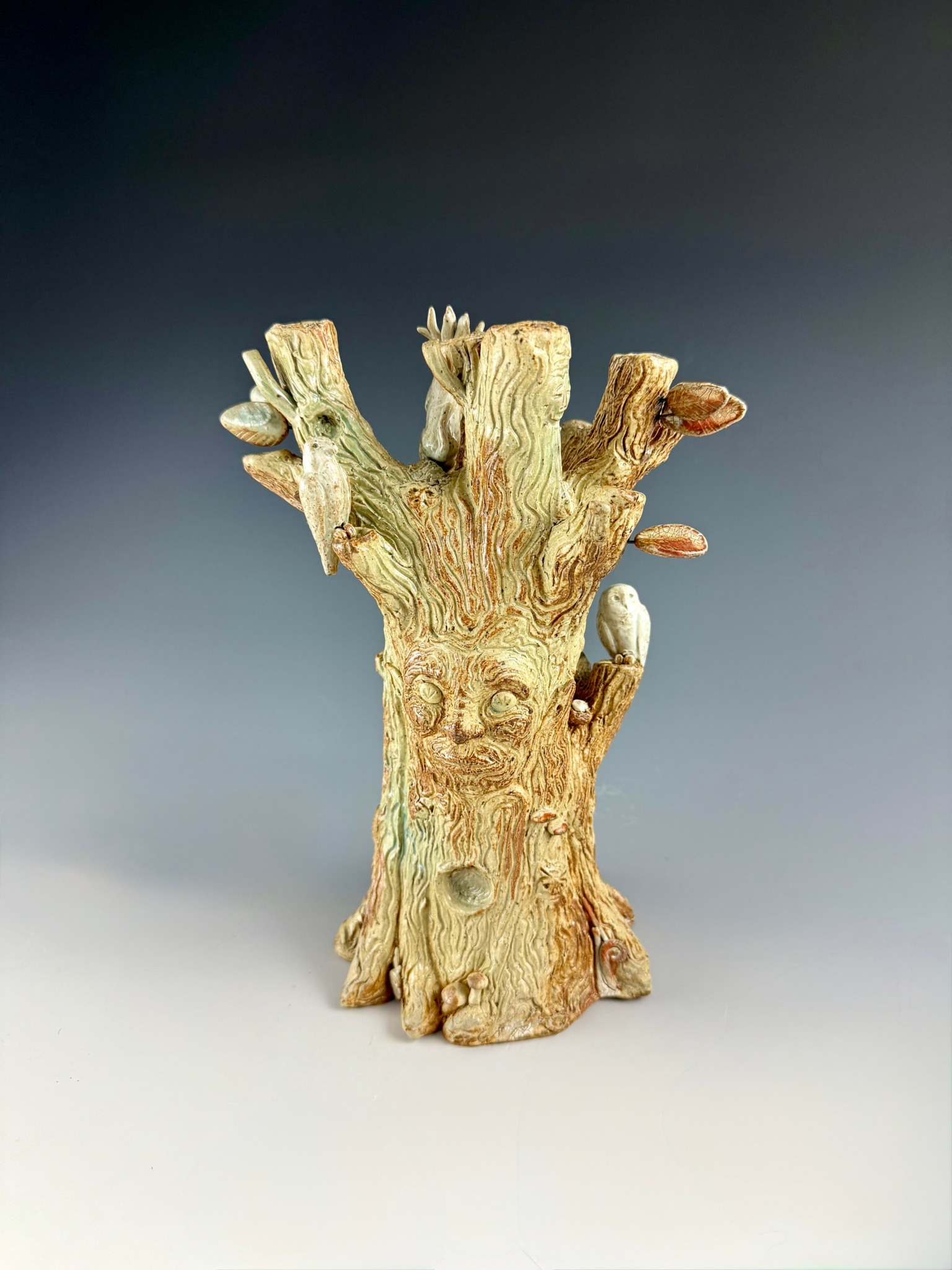
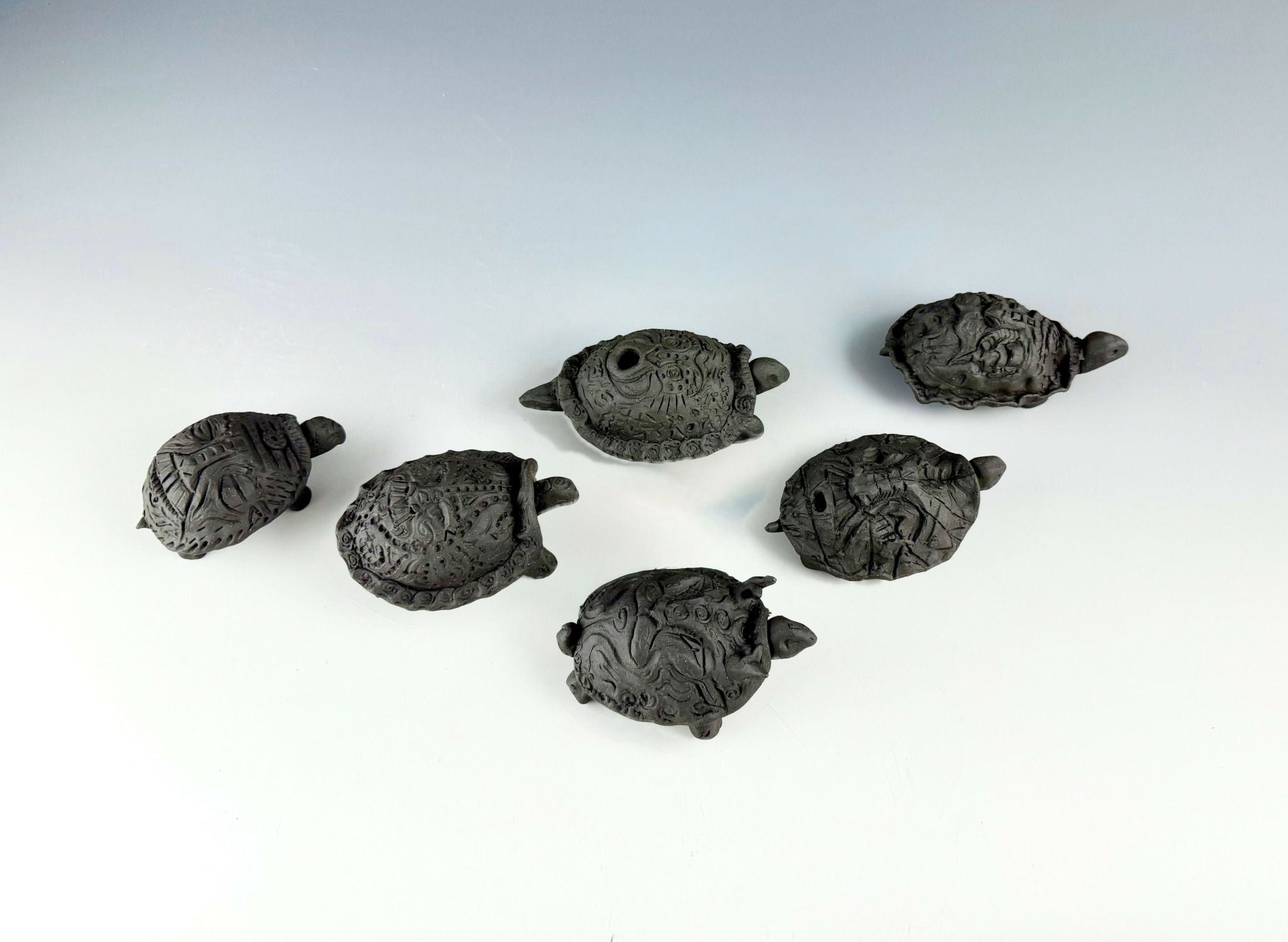
Jackie, before we move on to more of these sorts of questions, can you take some time to bring our readers up to speed on you and what you do?
I remember seeing someone throw on the wheel for the first time as a teenager and realizing I had never thought too much about how the objects we use everyday to serve sustenance were created. I was mesmerized watching the clay spin and grow while the potters hand gracefully guided a pot into formation. It felt like I tapped into some ancient remembrance of the kinship between clay and humanity. Food storage, ritual, sculpture, ceremonial objects, written historical records, shelter… this abundant and numinous material has been around us, helping us, since our collective origin. In the stillness of awe, it felt like hearing an echo from the past beckoning for remembrance. The spark caught and as I first began to learn in my high school ceramics class I remember being so frustrated for a good long while. Messing up countless pots on the wheel, having something crack, dry too quickly or not dry soon enough, fall over and break… It is a long, slow and patient process to collaborate in creation with this material that is very much alive. To learn the language of clay you have to know when to be firm, when to be soft, when to push, when to wait, how to listen and how to respond. We say clay has a memory, it will record your touch and recall its shape, how it was processed and pushed around and will reflect this memory in the finished work. It takes time to come to a knowingness where you feel free to truly explore your ideas and even then it can humble you to no end. Suffice it to say I have been learning to work with clay ever since I came into contact with it and it continues to be one of my greatest teachers.
I had my classic sleep deprived, caffeine and existential crisis fueled, art school experience and was so fortunate to have wonderful and talented professors. I still hear pieces of their wisdom flow through my mind while I’m making or teaching and ponder on what their opinion might be on my latest work. The academic world of ceramics is far reaching and a strange mix of being both relatively broad and incredibly interconnected. Potters are natural community makers and between trips to craft schools and the annual NCECA clay conference held around the country, the world opened to me in a way I had never known. I was exposed to people who were living beautiful creative lives that showed me what is possible if you pursue your passions. Graduating from school was the first true leap onto the path. I got a summer work study job in the Catskill Mountains at Sugar Maples Center for Creative Crafts where I was able to assist amazing potters, fire a traditional salt kiln, make work and meet so many wonderful friends. The next step was a mystery. The classic questions of doubt (that never truly leave you) crept in. How will you support yourself? What will you do for work? How do you start on a path that is so mysterious? I’ve come to believe that the universe collaborates with you when you are living in your purpose and are open to things unfolding in ways you wouldn’t be able to imagine.
I moved to Vermont to stay with a family member without any idea of what I was going to do to get started but filled with optimism all the same. Through happenstance I was driving through Woodstock about two weeks after my move and came upon a pottery and furniture store named Shackleton Thomas. I walked through the shop door in this historic textile mill to find a mug carved with a black rabbit I had seen before at another studio. I looked to the woman standing behind the counter and asked if she knew who had made it. She replied, “That’s mine!” in an excited voice with a noticeable English accent. As fate would have it this store was a showcase of a traditional master/apprentice small scale production studio. Serendipitously two people who had worked there for over ten years had just left within the last week or so and I ended up getting hired as an apprentice which fulfilled a dream I had coveted of learning under a master potter. This studio is beyond idyllic, nestled right in the mountains, a river flowing by, horses and sheep up the bend. The building is made of weathered wood, and the interior showcases traditional pottery from around the world lining the top shelves, material buckets and workstations equipped with tools made of bamboo and African porcupine quills. I couldn’t imagine a more inviting environment. There was nothing like working in the studio while the snow gently fell outside, a silent stillness in the biting air and the kiln keeping the place warm.
My Master, Miranda Thomas (aka Wink), is not only a world faring wildling but also apprenticed with a well known potter in the ceramics world named Michael Cardew in her youth back in England. His lineage is one based in traditional English folk pottery, a branch that can be traced back to Edo period Japan through the way of his training with Bernard Leach, and influences from his twenty years running potteries in Ghana and Nigeria. I had learned about him in my ceramics history class and lo and behold I felt like the luckiest person in the world to be able to train in such a tradition. I was there for three years, throwing countless pots, mixing big vats of glaze, making slab dishes and decorating both carved and painted patterns. I learned to throw traditional forms like barrel mugs, tankards and jugs and the historically influenced patterns were incredibly difficult to learn. It took so much practice, effort and patience until it started to feel more like a dance than a fight. Attaining a semblance of mastery over these techniques is truly my proudest accomplishment as an artist. I felt a direct through line with the historic and cultural importance of pottery that stays with me to this day.
While I was working at the pottery I simultaneously continued to pursue my interest in sculpture. As someone who is endlessly curious I wanted to learn as many ways of expression through clay as possible and felt sculpture could be an outlet for my inner world in a way I was limited in making pots. I was very fortunate to meet one of my hero’s, Beth Cavener at a workshop I attended in college. She has a gravity that is undeniable, and has inspired so many artists to not only explore animals as a serious subject matter, but to be emotionally vulnerable in their conceptual framework. I was fortunate that Miranda was supportive of me leaving for a month to intern for Beth in the beautiful Helena, Montana. Beth makes exceptional and rhapsodic animal sculptures and I watched in awe as I saw her construct a rabbit sculpture bigger than myself over the course of my time there. I learned so much about technique and art philosophy from her and my sculptural techniques draw from her influence to this day.
In terms of concept, my work has changed drastically over my career. I have grown and changed so much as a person throughout my twenties and my work is a reflection of the evolution of my spirit. I have come to know that my artistic and spiritual endeavors are ultimately the same. I have sought to deeply know myself and the nature of reality in the aspiration to live in the highest form of loving presence I can muster. I have explored modalities including Yoga, Buddhist meditation, Hermeticism and Shamanism, as well as, simply walking barefoot and silent through the woods communing with Mother Nature. The simple witnessing of a spring trillium, collecting oyster mushrooms, coming across animal prints in the snow and listening for the whispers of the trees has been an endless inspiration and source of love in my life. Each layer I have unpacked within myself and each new dimension of Reality that I’ve tapped into has changed me irrevocably. I have come to know that my artistic practice is ultimately a communion with the Divinity within myself, Nature and the Universe itself.
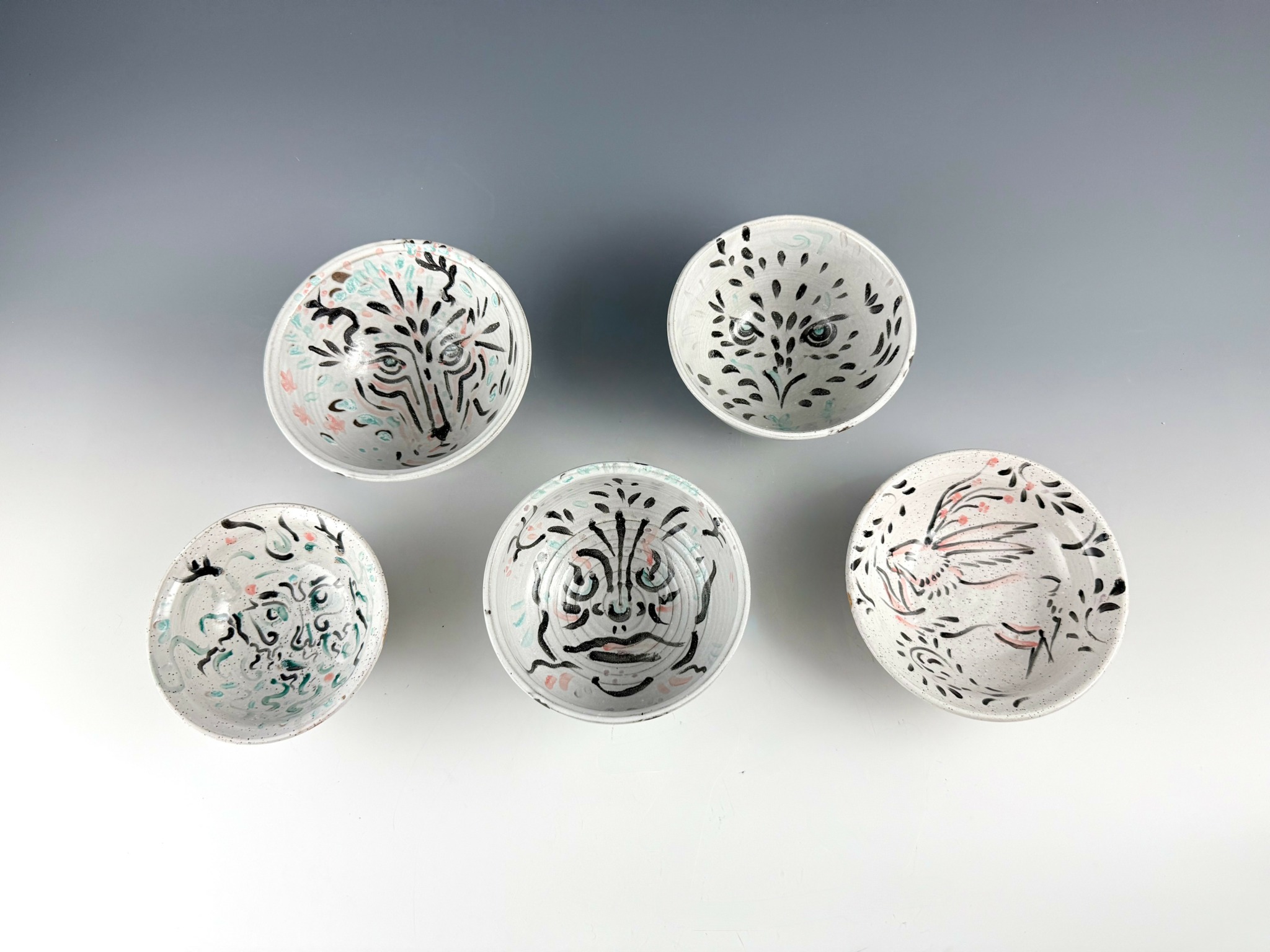
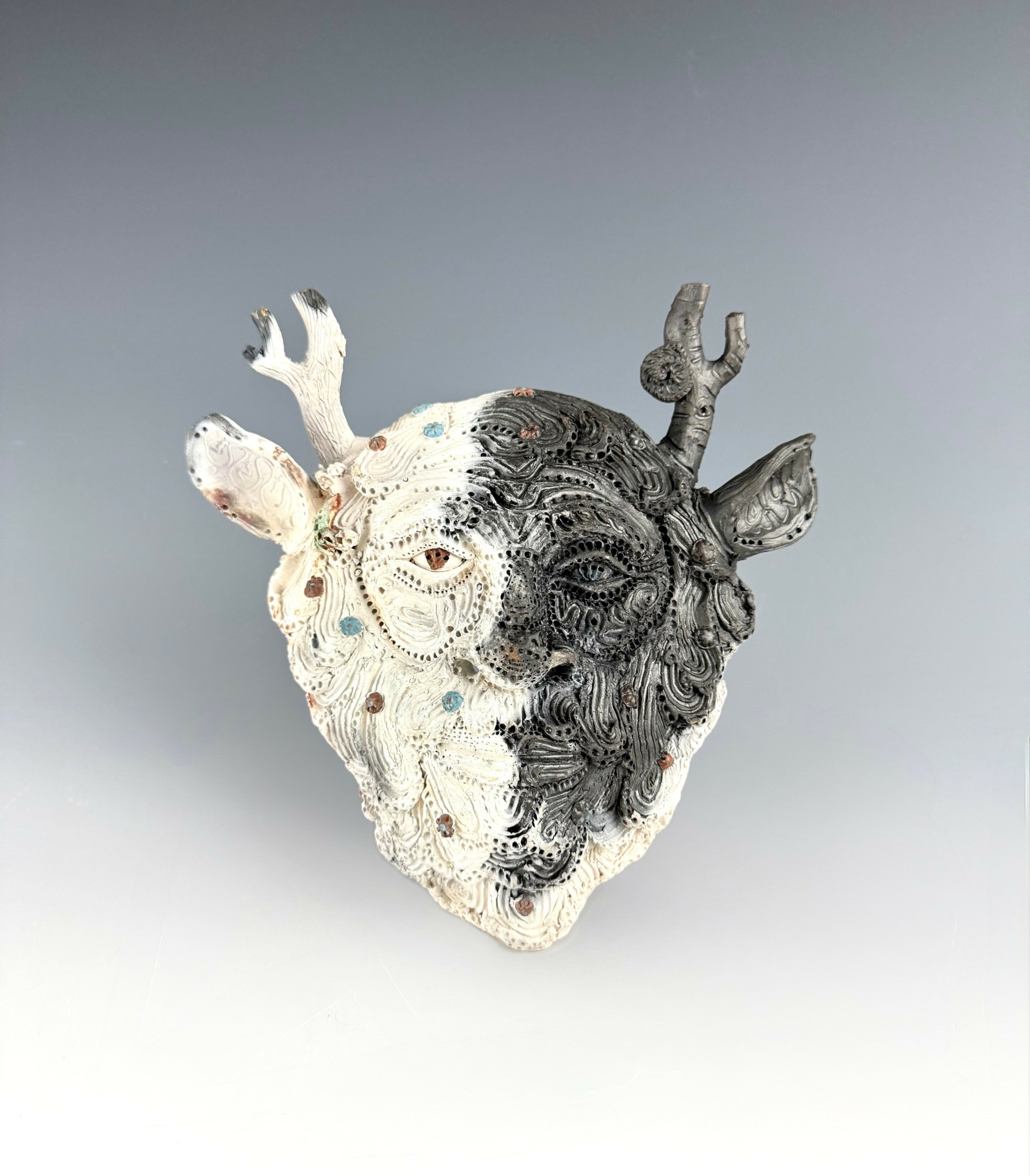
Is there something you think non-creatives will struggle to understand about your journey as a creative? Maybe you can provide some insight – you never know who might benefit from the enlightenment.
This question is interesting for me as I firmly believe the nature of the human spirit to be one of creativity. As a community arts teacher I have come upon people of all ages who struggle to identify as an artist. I myself was not comfortable calling myself an artist until after I had finished my arts degree and have battled with imposter syndrome for the majority of my career. I have one important rule in my classroom which is to be kind to yourself. That means no saying you are terrible at art, that you will never be able to learn a skill, that you aren’t really an artist… It is the only thing in the classroom that I am strict about and am known to call people out on it whenever I hear it and have been called out by my students as well if I dip into that kind of talk. How we speak about ourself becomes the lens through which we engage with the world and it is imperative not only for your creativity but for your wellbeing to treat yourself with loving kindness.
Teaching both wheel throwing and sculpture is a very interesting experience in that people are typically much more comfortable taking a pottery class than a sculpture class. The wheel seems accessible to people, they don’t feel that much creativity is required and are deeply familiar with pottery as they most likely use a ceramic object on a daily basis. People come up to me in the studio saying they have in interest in sculpture but they are afraid. In other instances I suggest to someone in my wheel class to try their hand at sculpture and the response is often along the lines of “I could never! I make pots, I’m not an artist.” My response typically includes pointing out that they’ll never know if they never try and ask them what moment in their life did they decide that they could never be a true artist. Time and time (and time) again I have heard versions of the same story about how someone in their youth told them their creative expressions were no good and they should not pursue them. This absolutely breaks my heart. I have had these experiences and have come to the conclusion that no matter who that person was, they are just a person most likely projecting their own self doubt or subconsciously abusing their influence due to their own insecurities. Who cares what that one teacher, family member or friend told you? Do they have the ultimate authority over what your potential is? If this resonates with you I suggest you consider that you are more than what any one person thinks of you. Ask yourself if that internalized belief about your worth and potential is still living and affecting you to this day. I can promise you that there is a great freedom on the other side of that fear. You have things worth saying that only you can say because each of us is a unique combination of experiences, personalities and proclivities.
It amazes me that even in a community arts class with no grades, deadlines or consequences people are often so terrified of a perceived failure. I have asked myself where does this fear come from? Some of the conclusions I have drawn are that people identify with their work meaning if it is “bad” they are therefor also “bad” on some level, that we often fear what is inside of us, lurking in the unknown reaches of our shadow, and that we fear vulnerability and being seen. Even the most successful artists I’ve met still struggle with not feeling good enough. No one will remember if you make a lackluster mug, hit a wrong note at karaoke, or mess up the proportions in a drawing… they will remember your bravery in seeking to express yourself despite it all. Creativity manifests differently in all people, I have come to observe that your desire to be good at something is the call. It is a way shower to what your spirit is seeking to explore. I implore each and every person to attempt an artistic expression, to be patient and believe in yourself- you might just be amazed at what you find.
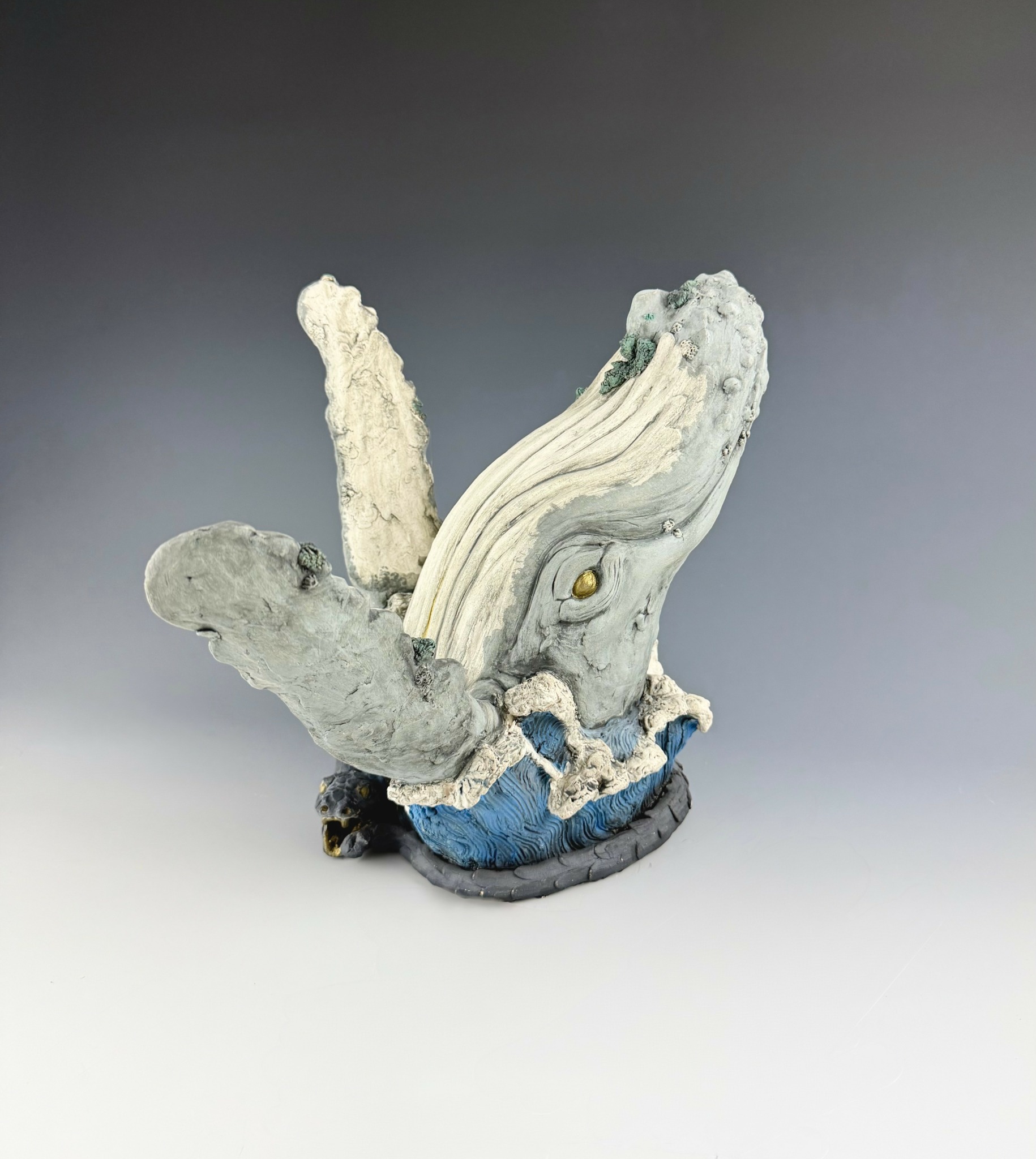
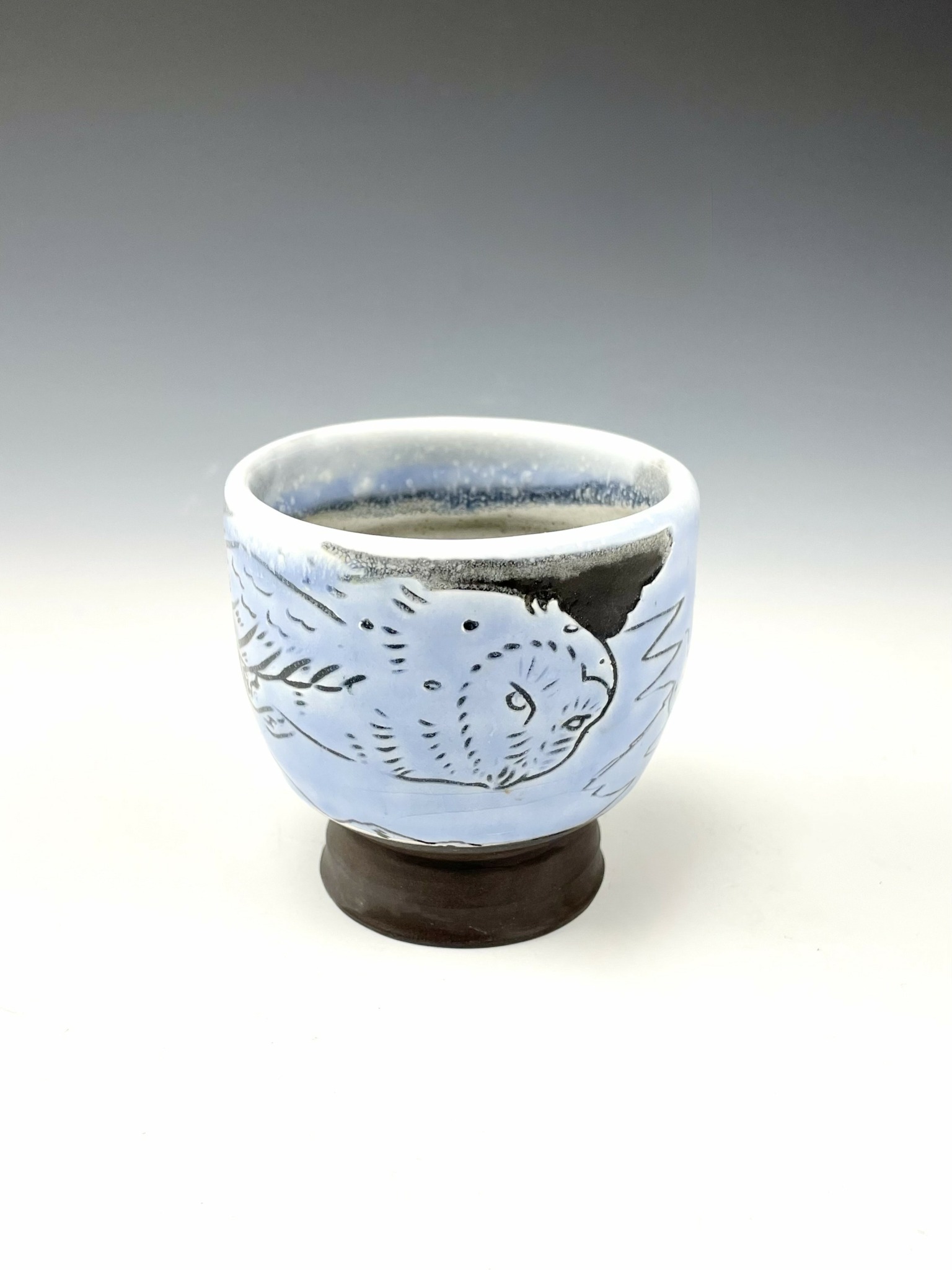
What do you think is the goal or mission that drives your creative journey?
I heard a wise teacher once amend the phrase “The traveler goes out into the world and brings back a story” to “the artist travels within themselves and brings back a word.” This explanation of the creative journey has touched me and inspired me to this day. I have come to see art making as a travelling inward in order to make the unconcious concious, to manifest unseen truths and energies into the physical plane and to go so deep that I find the connection with the all. My ultimate goal is not notoriety or leaving a legacy, but to have the purest connection with the Muse as I possibly can to produce meaningful work and to help others to cultivate the same. This relationship can help to heal you and those around you. To express and be seen, to see and feel understood, to be inspired and to inspire- the power of art is boundless. We are collectively living through an incredibly difficult time in the human experience. Many feel powerless to help people, to end injustices, and to make the world a more loving and peaceful place to be. Creating and appreciating Beauty, whatever that means to you, is something within our control and is so much more important than the culture we live in gives it credit for. My mission is to be vulnerable, to share inspiration and play my part in making the world a more beautiful place to be.
Contact Info:
- Instagram: @jackielope.land
